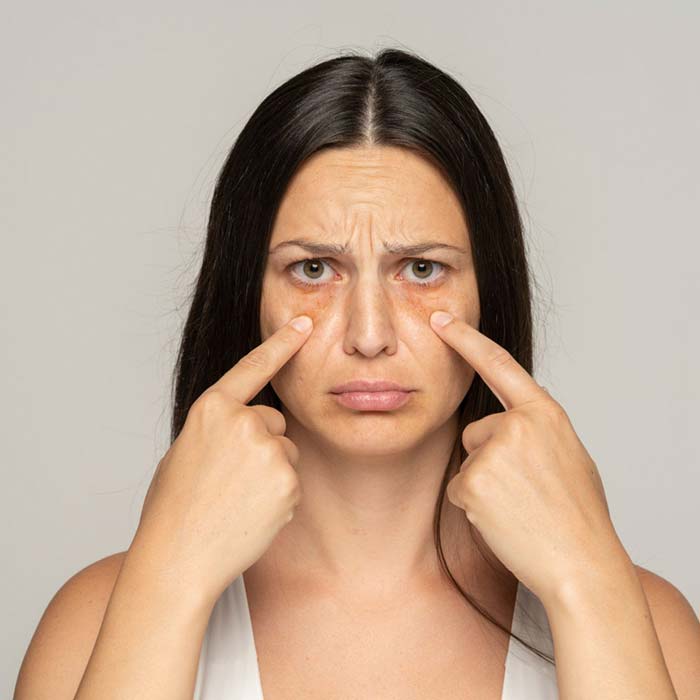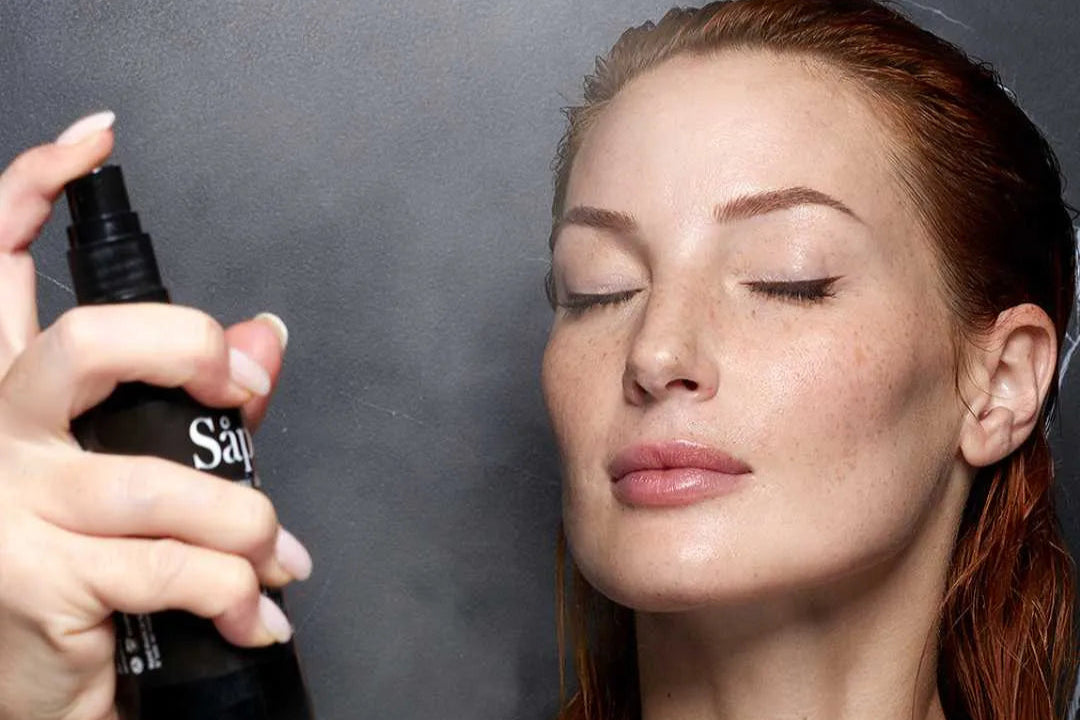Today, more and more people suffer from conditions such as acne, blackheads, clogged pores, and so on, and this is something we're studying very closely.
Because?
Because we believe that the skin is one of the body's most visible organs, and its appearance has a huge impact on our self-esteem. It's completely normal. That's why Saper was born. To cultivate self-love through the self-care moments offered by organic, natural, high-quality, and cruelty-free cosmetics .
Nowadays, in addition to pollution, poor diet, stress, fear, and/or endocrine disruptors , there are comedogenic ingredients .
And you might ask yourself, what is this?
What are comedogenic ingredients?
Comedogenic ingredients are components that clog our skin's pores and, as a result, promote the appearance of imperfections such as pimples, spots, and blackheads. This condition is also known as "cosmetic acne."
If you have acne-prone skin , it's important to avoid the higher-grade comedogenic ingredients listed below.

What are non-comedogenic ingredients?
On the other hand, non-comedogenic ingredients are those formulated to avoid clogging pores. Using non-comedogenic products is crucial for those with acne-prone or sensitive skin, as these products allow the skin to breathe better and reduce the likelihood of acne breakouts.
Where can you find comedogenic ingredients?
Comedogenic ingredients are graded from 1 to 5, with 5 being high and 1 being mild . Therefore:
- If a grade 4 to 5 ingredient appears in a product's ingredient list, avoid using that product .
- If there is a grade 3-2 ingredient near the top of a product's list, we also recommend avoiding it, as the first ingredients are the most concentrated.
High (Comedogenic Grade 4-5), not recommended for acne-prone skin due to its high fat content.
- Mineral oils, liquid paraffin, petroleum jelly, petrolatum…
- Corn, potato and rice starch
- Fatty esters, such as beeswax
- Saturated fatty acids, such as cocoa butter
- Vegetable oils of coconut, palm oil and wheat germ oil

Moderate (Comedogenic Grade 3-2):
- Almond oil
- Apricot oil
- Olive oil
- Sesame oil
- Avocado Oil

Mild (Comedogenic Grade 0-1):
- grape seed oil
- sunflower oil
- argan oil
- jojoba oil

It's important to note that while comedogenic ingredients may be present in cosmetic products, they don't necessarily cause acne in everyone . In some cases, a combination of factors may lead to acne, so it's important to consider comedogenic ingredients as one of the factors that can influence the development of acne. However, your skin type will influence your reaction .
Therefore, to determine whether a product is comedogenic or not, it is recommended to read the list of ingredients ( INCI ) before purchasing and make sure that it does not contain some of the grade 4-5 ingredients.
The important thing when choosing cosmetics is that they are natural, organic, cruelty-free, botanical, nourishing, and high-quality... whatever your skin type, choose cosmetics that cleanse, nourish, and don't clog ...
Why and for what reason should you use non-comedogenic cosmetics?
The answer lies in preventing skin problems. Using non-comedogenic cosmetics is especially beneficial for people prone to acne or who have sensitive skin. These products allow the skin to breathe freely, reducing the likelihood of oil and bacteria accumulating in the pores, which can lead to unwanted breakouts.
What facial routine can you use with our non-comedogenic products?
For daily facial cleansing you can use Green Clay Soap or Argan Soap , as a day cream we have two options, either Hydramatt Skin Cream or Bio Protect 360 cream, and as a night serum the Perfect Balance Skin Serum and as an Eye Contour, I recommend Bio Regenerate Cellular Eye Serum .









